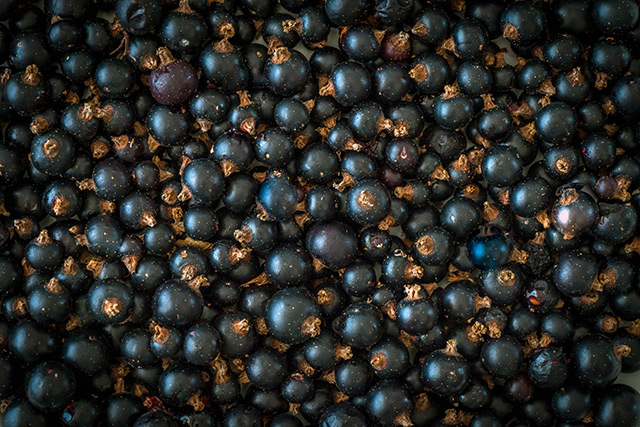
The nanostructures are made up of mineral crystallites, while fibrils are a type of protein collagen. These interlinked shapes make up the bone at the most fundamental level. They could possibly account for the material's incredible durability.
In the 1960s, researchers used the earliest electron microscopes to take their first close-up look at a bone. They determined that it was mostly made up of bone minerals and collagen.
Since then, bone experts have been split into two camps over the organization of these two constituents. One group stated that fibrils surrounded the minerals, while the other camp maintained that it was the other way around. (Related: Curcumin improves bone-growing capabilities of 3D-printed ceramic scaffolds.)
Researchers discover helix-shaped nanostructures of bone mineral crystals
A University of York (York) team led by materials researcher Roland Kröger set out to resolve this debate once and for all. They used the latest electron microscopes and an ion beam cutter to obtain bone samples.
Previous studies used bladed saws to cut the bone. However, this conventional technique has been shown to fracture nanostructures. Instead, Kröger used a focused ion beam to carefully slice very small and thin sections of bone.
The York researchers snapped images of these tiny slices of bone using electron microscopes. Two of the three shots show patterns that experts have already seen before.
An arrangement of long, thin filaments is theorized to be a lengthwise image of the bone. Meanwhile, a web-like pattern is widely considered to be a cross-section of fibrils.
A brand new pattern came up in the third image. The structure comprised dense groups of hexagons that are studded by smaller dots. Dark lines twirl through the center of the unique formation.
Kröger dubbed the spiral nanostructures as "rosettes." He initially believed the shapes were a cross-section of the collagen fibrils that was taken at a new angle.
His team took more electron microscope photos of a very thin slice of bone from different angles. After each shot, they would rotate the slice by one degree. They they compiled all their pictures into a 3D model of the sample.
The tomogram model showed needle-like crystals of bone mineral curving in and out of the collagen fibers. The minerals formed a spiral scaffold around the collagen.
New helical mineral nanostructure is disputed by some bone experts
While some bone researchers welcomed the York team's discovery, others have rejected the new model. Dissidents cited the earlier findings via small-angle X-ray scattering, which is a different imaging technique than the electron microscope method used by Kröger.
Studies that used small-angle X-ray scattering showed that bone nanocrystals are shaped like plates instead of needles.
Furthermore, the helical organization of the crystallite needles evaded explanation. One theory is that collagen fibrils became dehydrated while the sample was being readied.
Dehydration would have caused the fibrils to contract. This in turn might have forced the crystals to take up a curved shape. The minerals might have been straight to begin with.
Still, a helical nanostructure could explain the strength of bones. A coiled spring, which features similar curves to a helix, can support much greater weight than linear equivalents.
The sponge-like pattern of bone collagen threads reportedly inspired the crisscrossing structure of the Eiffel Tower. This new helical model of bone nanostructure could likewise inspire new construction techniques and building materials.
Discover more scientific advancements involving biological at Discoveries.news.
Sources include:
Please contact us for more information.























